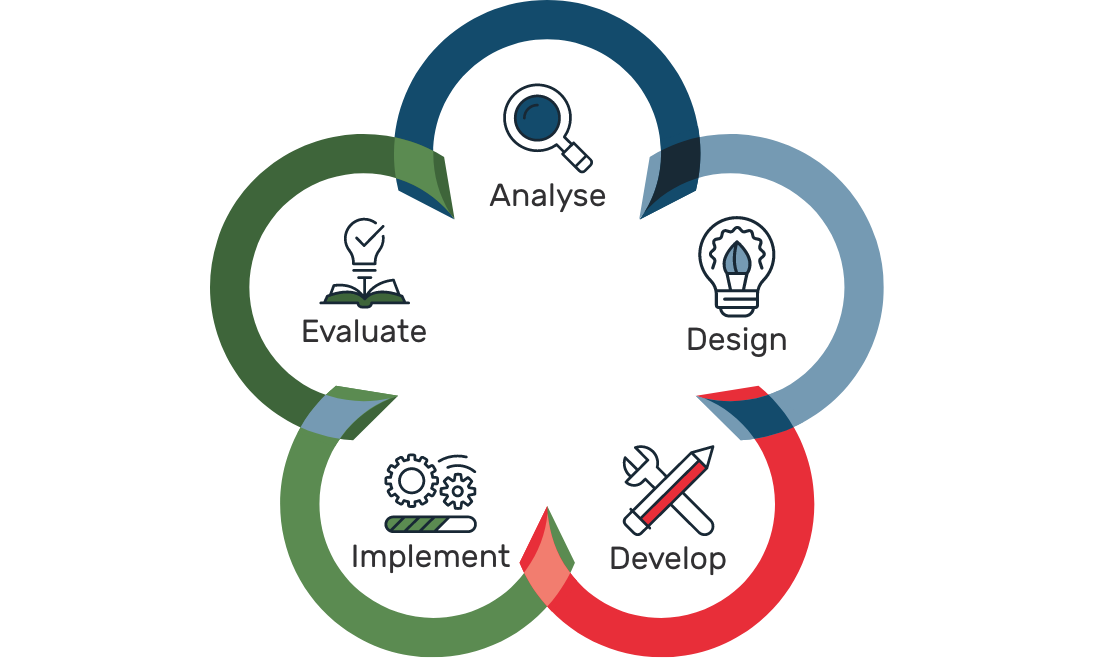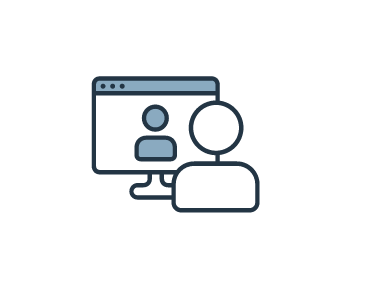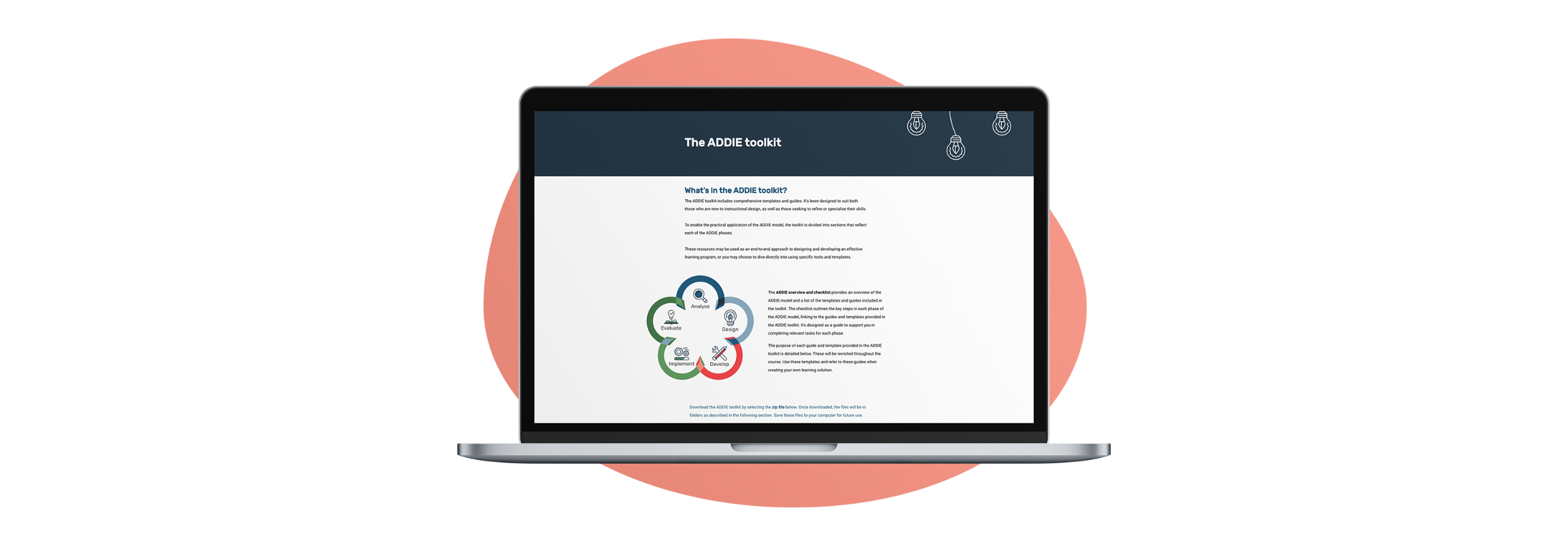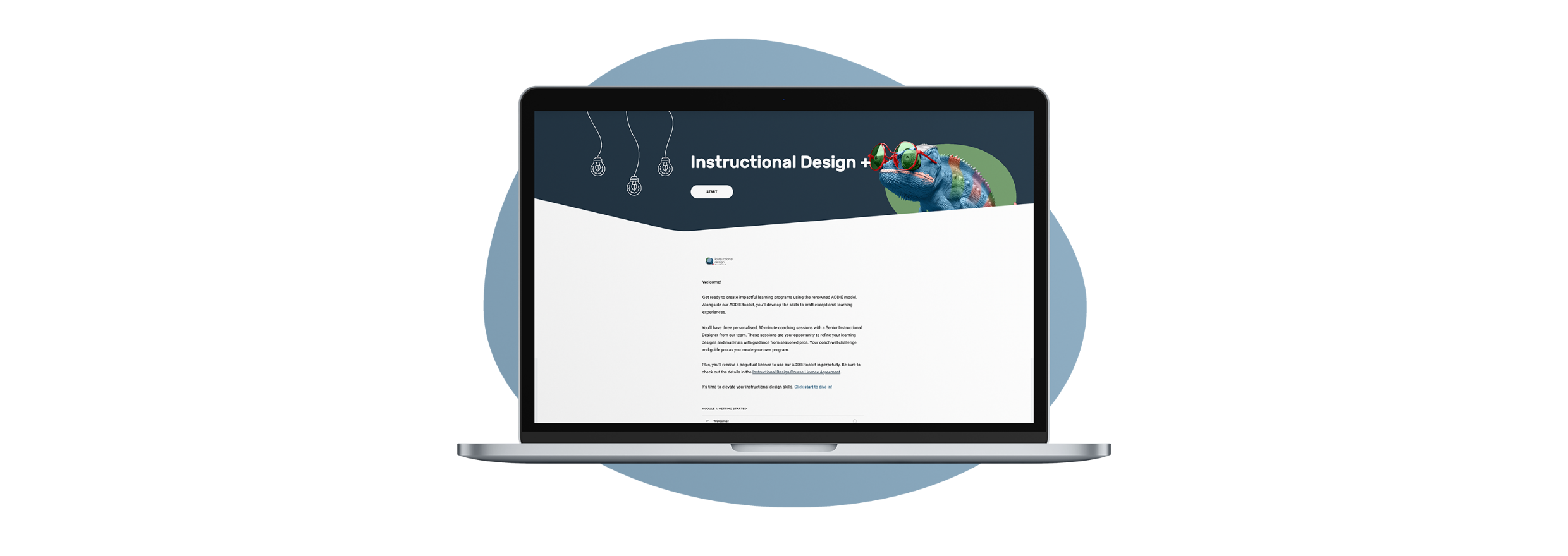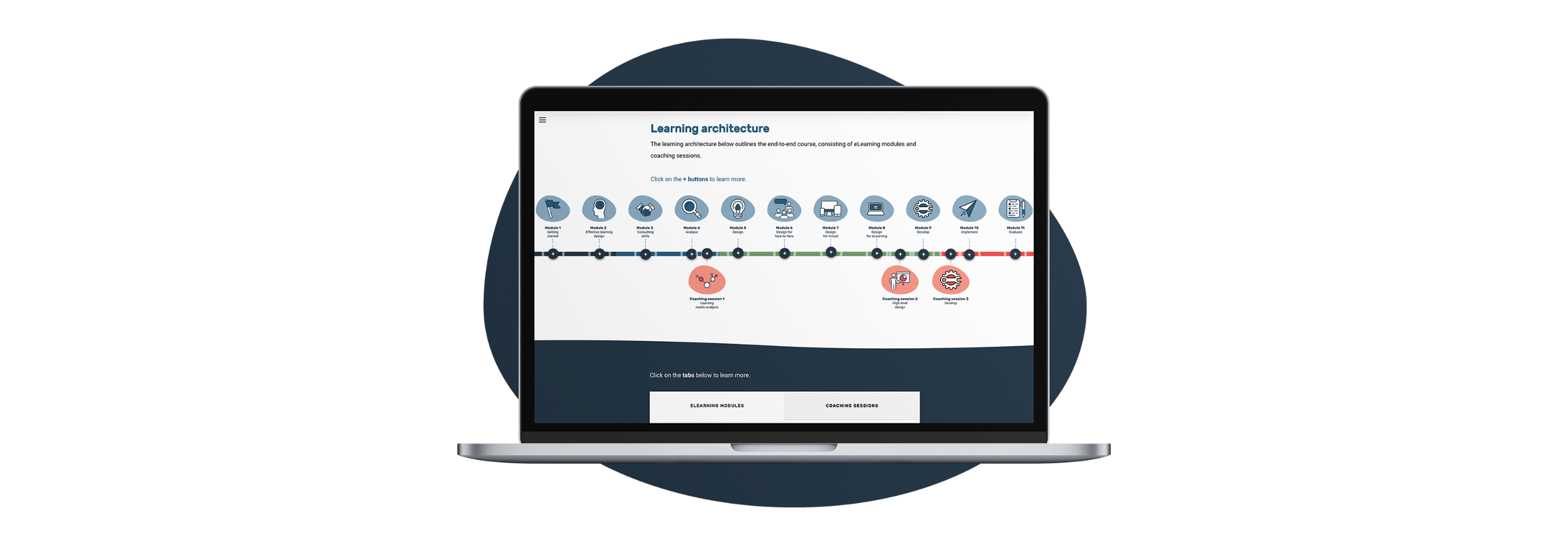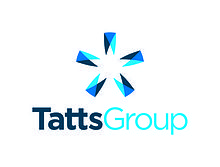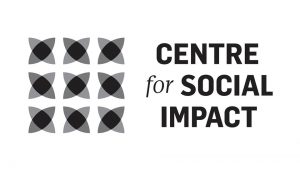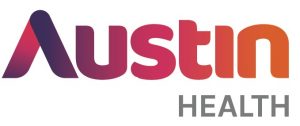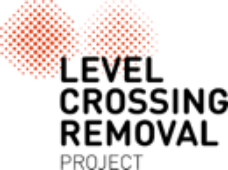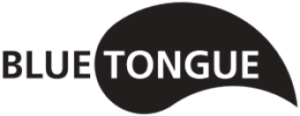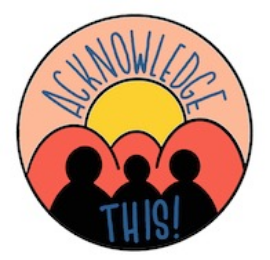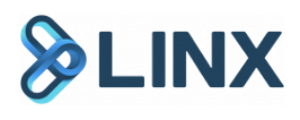Here, you’ll get to grips with the nuts and bolts of a Learning Needs Analysis (LNA). It’s like being a detective, uncovering the business objectives and pinpointing exactly what learning is needed to hit those bullseyes.
You’ll unravel the process of defining what learners need to know, and figuring out what knowledge, skills, and behaviours your learners already have under their belts to identify the gaps that need filling.
Get ready to become a master at verifying an LNA. It’s all about making sure you’re tuning in to the right feedback, nailing the identification of performance gaps, and designing a learning solution that’s just the ticket to bridge those gaps.
You’ll apply these insights to define the scope and objectives of your project, ensuring that it’s tailored to address the real-world challenges and requirements of your audience
Coaching Session #1
Dive deep into your learning needs analysis in an exclusive one-on-one session with our top-notch instructional designer!
Together, we’ll dissect your findings – the audience, current capability vs desired capability, and identified learning needs.
We’ll explore the next steps – how you’ll weave in critical considerations like audience, learning needs, guiding principles and scope into the fabric of your learning architecture.
This session promises insights, feedback and a dash of inspiration.




